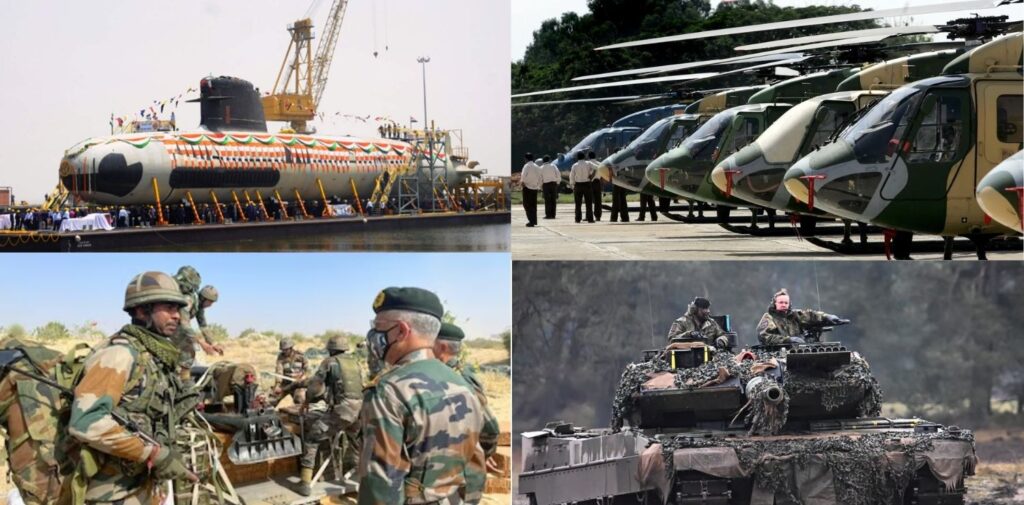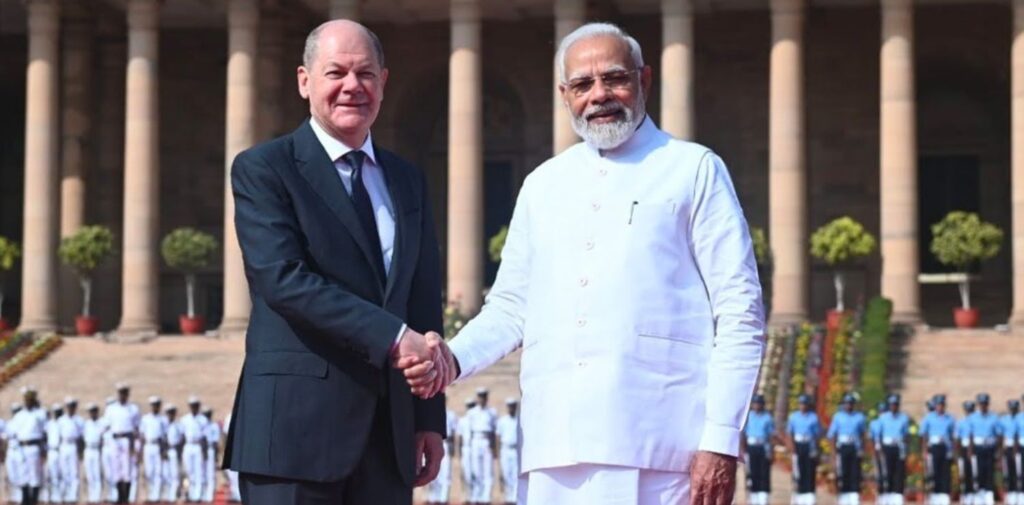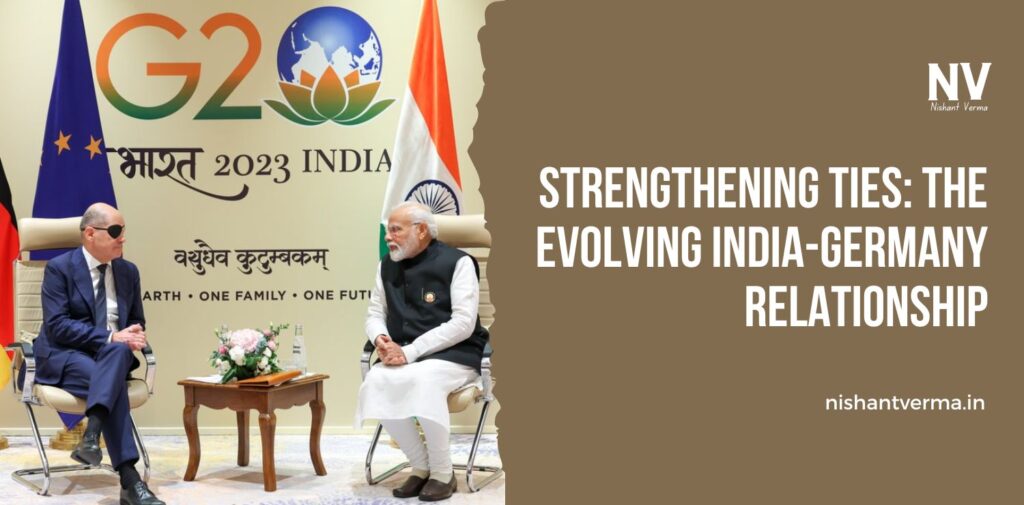In recent years, the geopolitical landscape has dramatically shifted, compelling nations to reassess their alliances and partnerships. One noteworthy development is Germany’s strategic focus on India, particularly in light of India’s historical reliance on Russian military supplies. As Germany seeks to diversify India’s defence procurement sources, the relationship between these two nations is undergoing a significant transformation, driven by mutual interests in defence cooperation, economic collaboration, and shared democratic values.
Historical Context: India-Germany Relationship
The India-Germany relationship has a rich history, rooted in economic exchanges and cultural ties. Diplomatic relations were formally established in 1951, and since then, both countries have engaged in various sectors, including trade, education, and technology. However, the military aspect has traditionally been overshadowed by India’s long-standing relationship with Russia, which has been a primary supplier of defence equipment since the Cold War era.
The geopolitical climate, particularly post-2014 with Russia’s annexation of Crimea and ongoing tensions in Eastern Europe, has prompted Western nations, including Germany, to reevaluate their strategic partnerships in Asia. This shift is particularly relevant for India, a rising power with aspirations to play a pivotal role on the global stage.

Germany’s Strategic Shift
Germany’s recent policy initiatives indicate a concerted effort to lessen India’s dependency on Russian military hardware. The German government has articulated its intent to provide India with alternative defence capabilities and has emphasized arms sales and military cooperation as key components of its foreign policy towards India.
The publication of the “Focus on India” document by the German cabinet underscores this commitment. It highlights Germany’s intention to collaborate with India on advanced military technologies, arms sales, and joint defence production. The aim is to build a partnership that not only enhances India’s defence capabilities but also aligns with Germany’s strategic goals of promoting stability in the Indo-Pacific region.

Arms Sales and Military Cooperation
Germany’s approach involves various dimensions, including technology transfers, joint military exercises, and collaborative defence projects. The defence sector, historically a stronghold of Germany’s industrial base, is now being opened up to India. This includes potential sales of submarines, fighter jets, and advanced artillery systems.
For instance, discussions have been ongoing regarding the sale of German submarines to the Indian Navy, which would significantly enhance India’s maritime capabilities. The partnership could also extend to joint development projects, such as the production of the next-generation fighter aircraft, which could create a robust industrial base in India while simultaneously benefiting German defence manufacturers.
Economic Interdependencies
Beyond defence, economic ties between India and Germany are strengthening. Germany is one of India’s largest trading partners in the European Union, and both nations recognize the potential for further growth. The bilateral trade reached approximately €24 billion in recent years, with opportunities for collaboration across sectors such as renewable energy, automotive, and information technology.
The emphasis on technology transfer and innovation is particularly relevant. Both countries are investing in research and development, with Germany looking to leverage India’s growing technology sector while supporting India’s ambition to become a global manufacturing hub. This collaboration extends to startups and SMEs, fostering an environment where innovation can thrive.

Shared Democratic Values and Global Challenges
The partnership between India and Germany is also anchored in shared democratic values and a commitment to multilateralism. Both nations have voiced their support for a rules-based international order, and they are aligned on several global challenges, including climate change, terrorism, and the need for sustainable development.
Germany’s support for India’s candidacy in global forums, such as a permanent seat in the United Nations Security Council, further underscores the trust and mutual respect that characterizes their relationship. Both countries are also active participants in international dialogues, including the G20, where they collaborate on economic governance and global stability.
Challenges Ahead
Despite the promising trajectory of their relationship, challenges remain. India’s longstanding ties with Russia cannot be overlooked, particularly in the defence sector. While India seeks to diversify its military partnerships, it must navigate the complexities of its historical relationships while fostering new alliances.
Furthermore, Germany must contend with domestic pressures regarding arms exports and military involvement abroad. Balancing these interests while ensuring a robust partnership with India will require careful diplomatic navigation.
Conclusion
The evolving relationship between India and Germany marks a significant shift in the geopolitical landscape of the Indo-Pacific region. As Germany seeks to alleviate India’s dependence on Russian defence supplies through arms sales and military cooperation, both nations stand to benefit from a strengthened partnership.
This collaboration not only enhances India’s defence capabilities but also positions Germany as a key player in the region, supporting stability and promoting democratic values. As both countries move forward, their shared interests in security, economic growth, and global governance will likely continue to deepen, forging a partnership that reflects the complexities of the modern world.
With Germany’s renewed focus on India, the stage is set for a transformative partnership that has the potential to redefine their historical ties, paving the way for a robust and dynamic relationship in the years to come.




